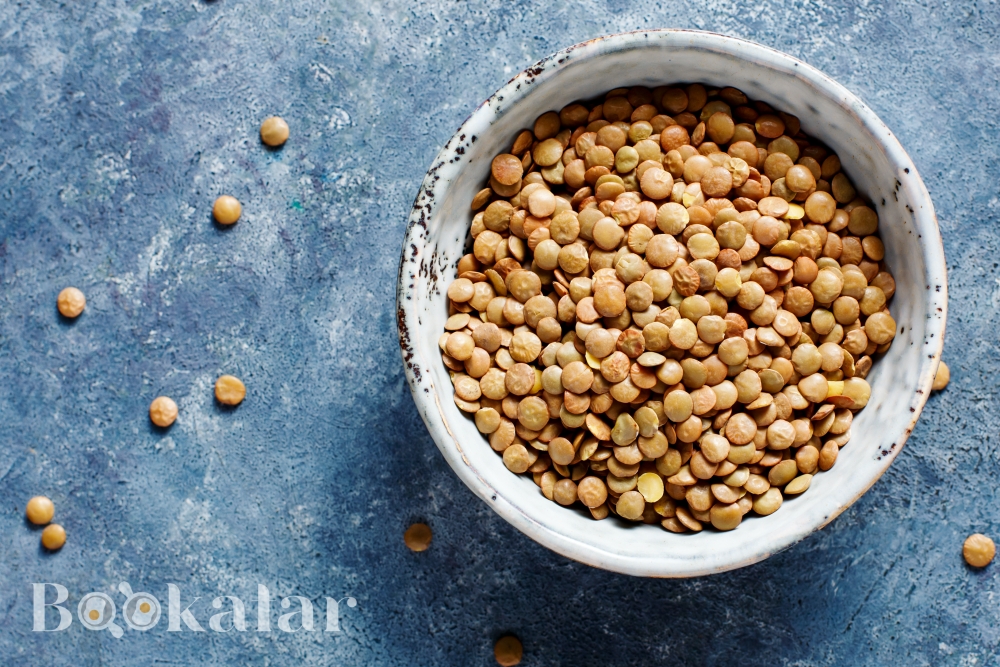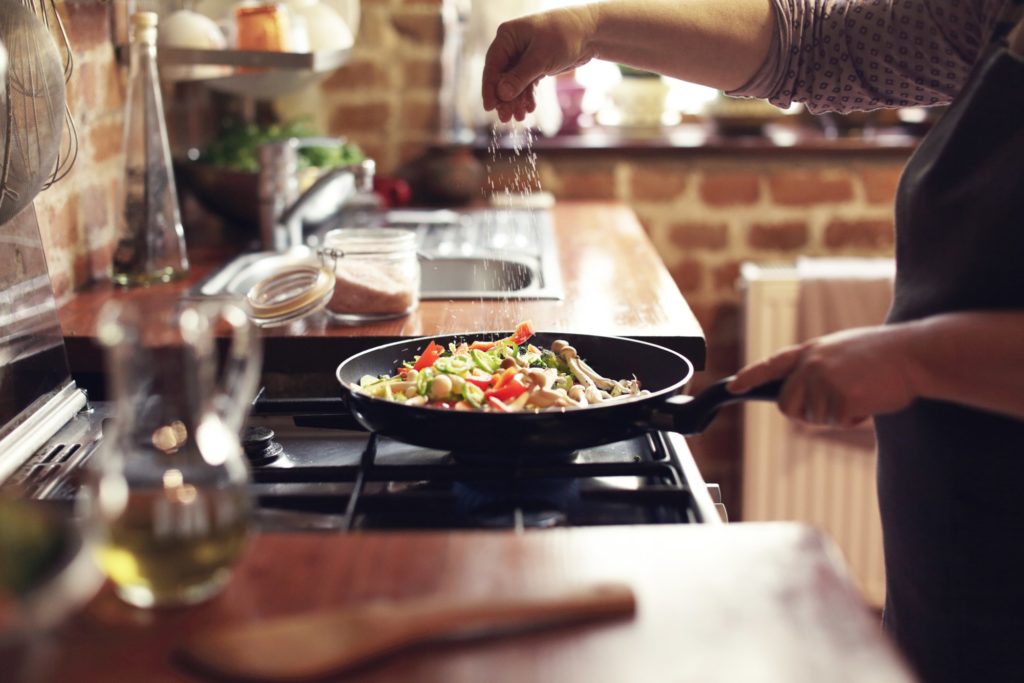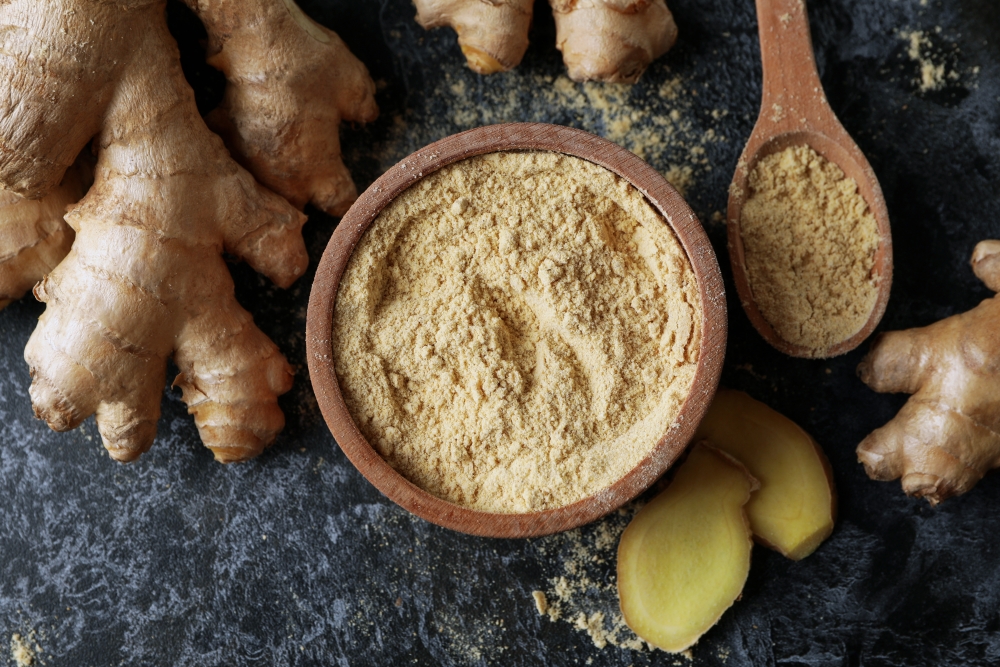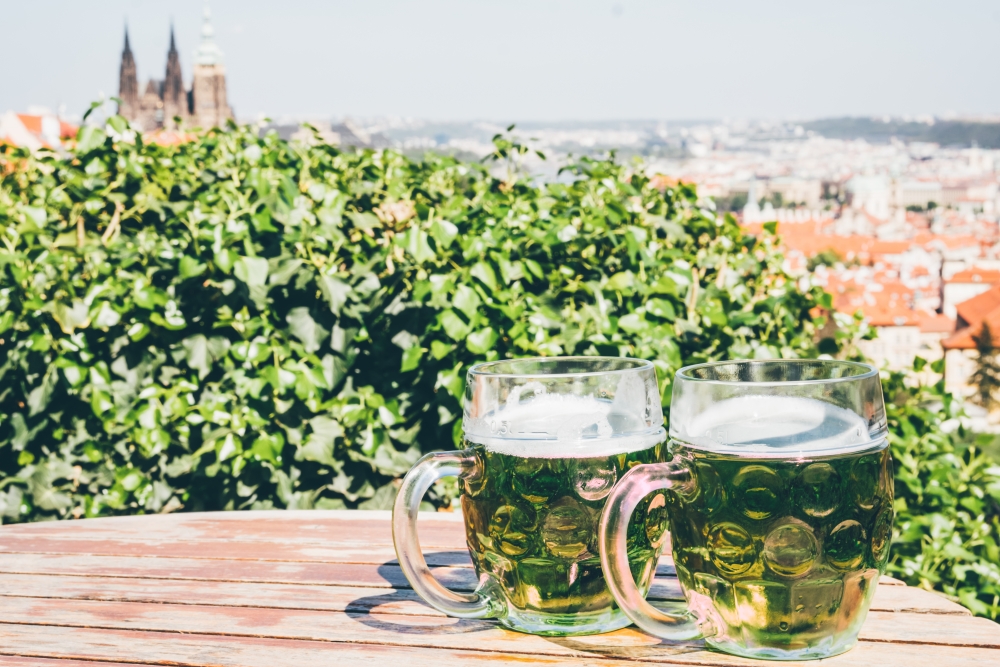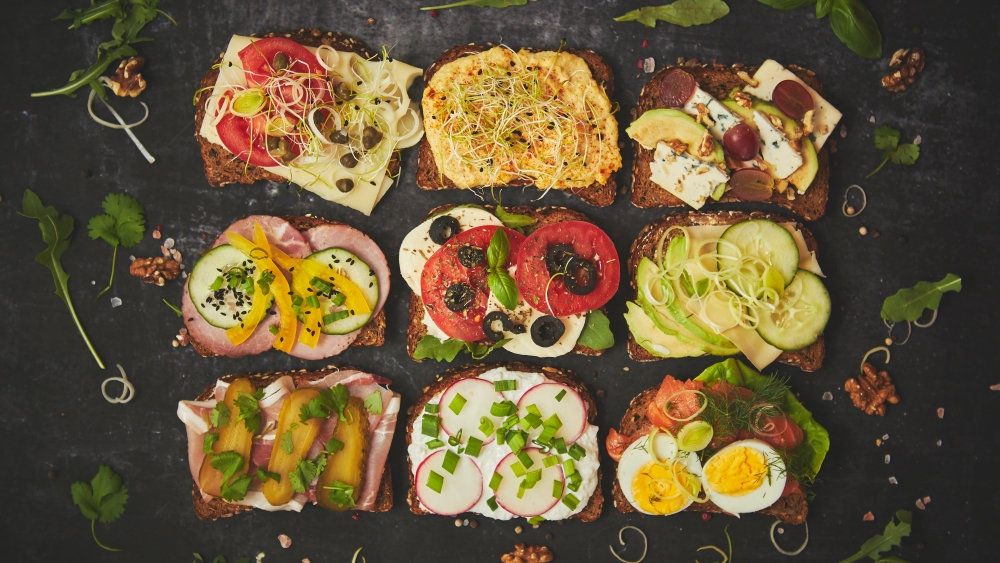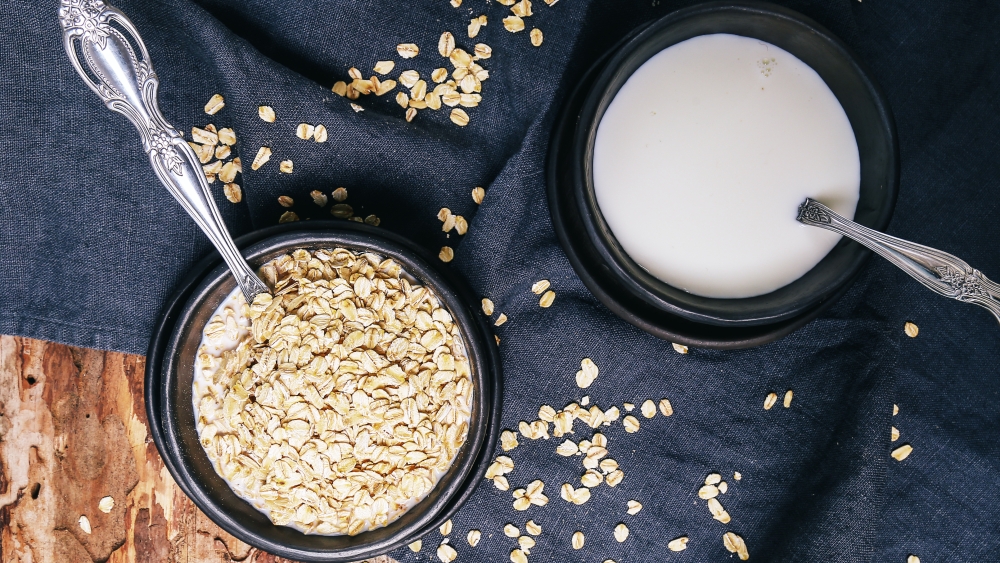Lentils are a nutrient-dense vegetable, high in protein and fibre, low in fat and calories, making them a staple in many dishes. The high protein content makes this food a perfect option for those looking to boost their protein intake.
Simple and quick to cook, lentils are versatile, tasty and form the basis of many dishes around the world, from soups, salads, smoothies, stews, to pasta, meatballs, burgers. The lentils provides a rich supply of nutrients and a multitude of benefits for the body, reasons that recommend it for a healthy and balanced diet. It is naturally gluten-free and can be a delicious staple ingredient in a gluten-free diet. In addition, lentils is among the most accessible and inexpensive plant proteins.
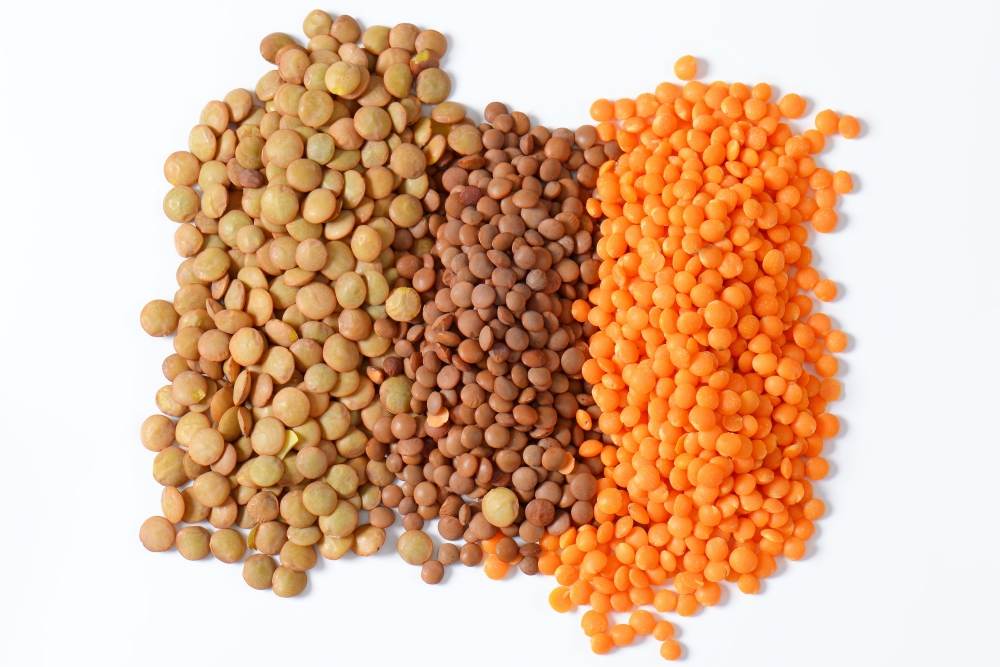
Origin and availability of lentils
The scientific name of the lentil is Lens culinaris and comes from the lens shape. Lentil varieties are a type of legume native to western Asia and North America. In many countries lentilsare used as a staple food because they offer a mild, nutty, sometimes slightly floury flavour that works well in many types of recipes. Canada leads the world in lentil production, followed by India.
Lentils are found as whole or halved beans, with or without skins. Whole lentils with skins take a little longer to cook and will keep their shape better; halved lentils without skins cook very quickly and break down quickly, not much remains in bean form. These differences in texture also determine the kind of recipes in which they can be used. Lentils are available dried or canned.
Types of lentils
There are several types of lentils, differentiated according to origin and colour, but the most used in our country are: green, brown, green and red (orange) lentils. There are others, but let's talk about them one by one.
Green lentils are among the most used types of lentils. It has a uniform pale green colour or may have small patches of darker colour. The grain size is slightly larger than the other varieties, and it retains its shape during cooking. Cooking time is around 20-25 minutes and it is ideal eaten simple, in salad mixes or for making stews.
Brown lentils is very similar to green lentils in taste, consistency and cooking time. Both brown and green lentils are very rich in fibre, protein and have high nutritional values. As it retains its shape even after cooking, it can be used as side dishes, in salads for meatballs and stews.
Red lentils are de fapt o culoare spre portocaliu și este mai rapid de gătit față de lintea verde și maro. Nu își păstrează forma ca acestea ci se înmoaie foarte tare și se descompune la fierbere. Cel mai bun mod de preparare este sub formă de supă cremă sau piure. Lintea roșie este “vedeta” unuia dintre cele mai cunoscute și apreciate preparate pe bază de linte: lentil cream soup.
Puy lentils or French green lentils is named after the region of its origin, namely Le Puy in France. Compared to green and red lentils, Puy lentils are firmer and not as sandy after cooking, keeping their shape much better.
Black lentils or Beluga lentils is the most aromatic and nutrient-rich variety of lentils, with the highest protein content, as well as high levels of calcium, potassium and iron.
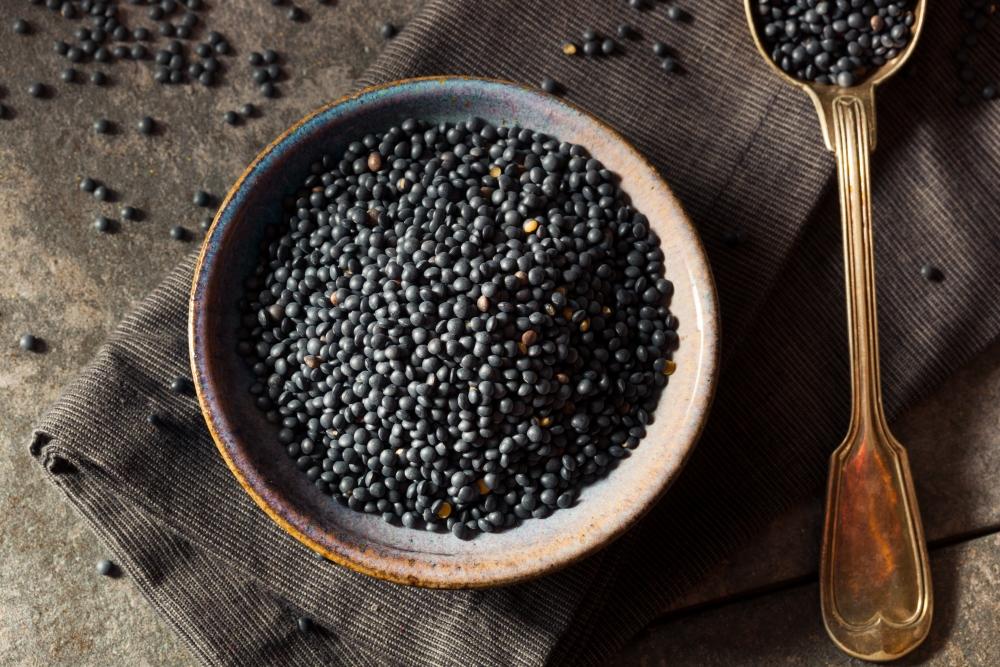
Nutritional values of lentils
Lentils are one of the most important sources of plant protein. Lentils are high in protein, fibre and complex carbohydrates, but low in fat and calories. They are also sources of other key minerals and nutrients such as potassium, folic acid, iron and manganese. Lentils are a good source of fiber, vegetable protein and slowly digestible carbohydrates – important elements in lowering the glycemic index (GI) of a diet. 100 g of cooked lentils has about 116 kcal.
Protein
Lentils are a rich source of protein. 100 g of cooked lentils provides about 9 g of protein.
Fibre
Lentils are an excellent source of fibre. In addition to gut mobility, dietary fibre is well known for its many health benefits. High fibre intake is generally associated with improved bowel transit and combating constipation, lower blood cholesterol levels and protection against the development of colon cancer and type 2 diabetes.
Potassium
Just 100 g of cooked lentils has 369 mg of potassium and represents 11% of the recommended daily requirement. Potassium can counteract the damaging effect of sodium and has been shown to lower blood pressure.
Iron
Just 100g of cooked lentils provides 19% of your daily iron requirement. Iron plays an essential role in the formation of haemoglobin in blood and myoglobin in muscle, both of which carry oxygen to cells. That's why tiredness and fatigue are usually the first symptoms people notice when they are low in iron. For vegetarians, getting enough iron is particularly difficult. Regular inclusion of lentils in the diet can help increase iron intake.
Mangan
Lentils are a very good source of manganese, providing 25% of RDA per 100g of cooked lentils. This mineral is mainly stored in our bones and major organs, including the liver, kidneys and pancreas. Manganese plays a role in maintaining normal blood sugar levels and helps protect against free radical damage.
Folic acid
Of all plant-based foods, lentils contains the most folic acid, per 100g it provides 45%. A type of B vitamin, folic acid helps support red blood cell formation and proper nerve function. Folic acid also plays an important role in lowering levels of homocysteine, which damages arteries. In addition, the water-soluble vitamin may help prevent anemia and protect against the development of heart disease, cancer and dementia. Folic acid is particularly important for women of childbearing age as it is needed to support maternal blood volume growth.
Interesting to know about the nutritional capacity of lentils
- 100 grams of dried green lentils contain the amount of fibre you need in a day.
- 100 grams of dried red lentils has more potassium than a large banana.
- Of all plant-based foods, lentils contains the highest level of folic acid.
- A serving of lentils contains more protein than a serving of yoghurt.
- 100 grams of dried lentils provide 50% of your daily iron requirement.
- Lentils has a low glycemic index (GI) value.
- lentils is gluten-free.
Health benefits of lentils
- It is an excellent source of minerals: manganese, iron, phosphorus, potassium, copper, zinc, magnesium;
- It is beneficial for those who want to lose weight because it brings important minerals, B-complex vitamins, complete protein without fat intake into the body;
- Soluble fibre can also help stabilise blood sugar levels;
- Increases energy levels in the body by replenishing iron stores;
- With its zinc and magnesium content, flaxseed boosts the immune system and speeds up wound healing;
- Through its health-giving properties, lentils can help increase attention span and memory;
- Protects the heart;
- Helps prevent constipation and other digestive problems, being a high-fibre food contributes to a normal intestinal transit.
From all this it appears that eating lentils would bring multiple health benefits by providing significant amounts of protein and minerals.
How to prepare lentils
Lentils are easy to cook and compared to other similar vegetables (beans or chickpeas), they don't need to soak beforehand.
Rinse the lentils with cold water before boiling to remove any dust or debris.
Cook on a griddle or stovetop using 3 cups of liquid (water, soup) to 1 cup of dried lentils. Be sure to use a large enough saucepan, as the lentils will double or triple in size.
Bring to a boil, cover with a lid, reduce heat and simmer until tender.
For whole lentils, cooking time is usually 15-20 minutes, but depending on the type of lentils it can be 25-30 minutes. For red lentil halves, cooking time is usually only about 7-10 minutes, but it's best to try it after about 5 minutes after it has started to boil.

